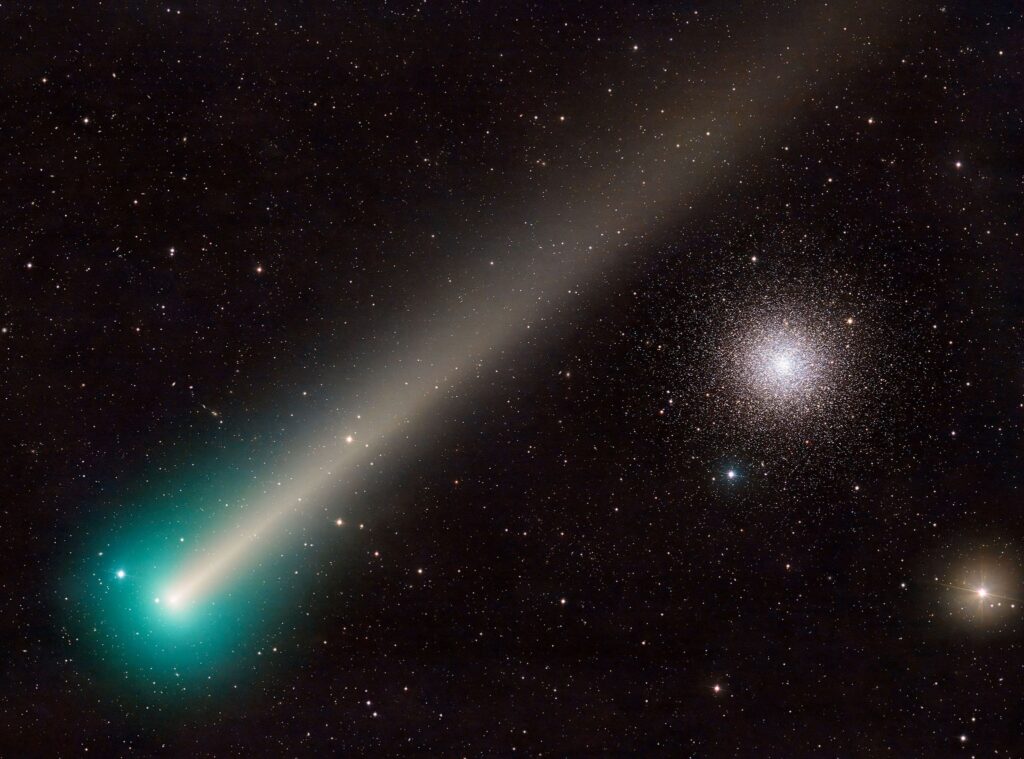Comets come, and comets go. Some return in a few years. Some might only be available to shoot once in a lifetime. Others show themselves one time only, lost thereafter to hyperbolic orbits or melting away like Icarus as they approach the Sun. In 2024 there are two comets in particular that present astrophotographers with an opportunity to capture images of a lifetime.

Comet 12P/Pons-Brooks is periodic, returning every 71 years. It will make its next closest approach to Earth in mid July, 2024, but it can be photographed any time from now through late March. Later this year we have a special treat: comet C/2023 A3 Tsuchinshan-ATLAS is an object from the outer reaches of our solar system. It will make its closest approach to Earth in mid October, presenting photographic opportunities from then until early December.
Photographing comets presents challenges beyond the usual for astrophotographers: they move relative to the background stars. Should your exposures be tracked on the stars, or on the comet? Or perhaps both? Once acquired, what is the best way to process these exposures to get a sharp image of not only the comet but also the stars and any other background objects? World-renowned astrophotography maestro Adam Block has prepared the Comet Academy, a complete course on everything you need to know to plan, acquire, and process cometary astrophotography, including how RC Astro tools, StarXTerminator in particular, can help you make images that simply were not possible just a few years ago.